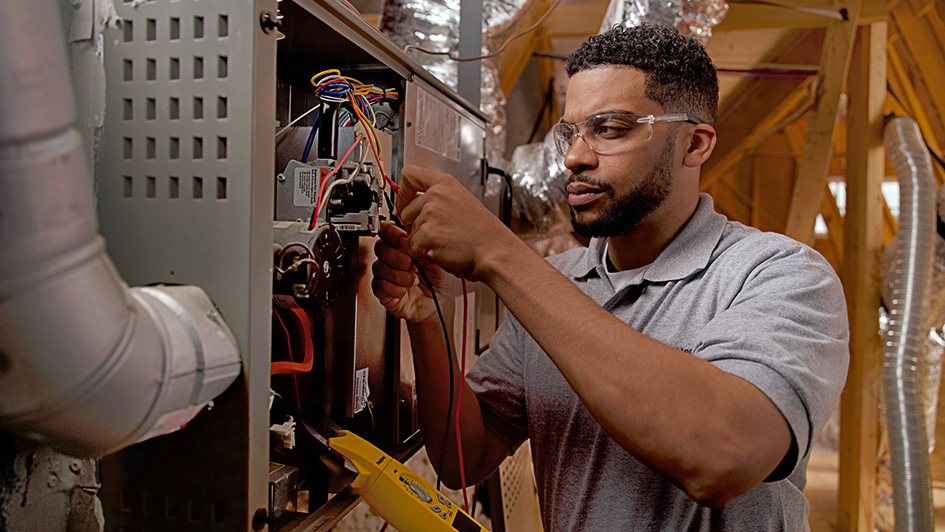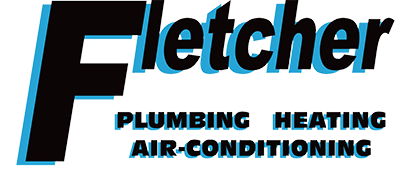
A furnace is often a background player in your home, helping keep you warm across the cold winter months. It often isn't noticed until a malfunction appears.
One cause might be that your furnace has a cracked heat exchanger. It can be a safety risk, so it’s worthwhile to familiarize yourself with the symptoms of a cracked heat exchanger and what you can do if you believe that is the problem.
What Is a Heat Exchanger in a Furnace?
A heat exchanger helps transition heat from the combustion chamber inside your furnace to the air that circulates inside the system. It generally does this through coils or tubes that heat the air while serving as a barrier to keep byproducts created in the combustion chamber, called flue gasses, from getting out into your home.
Is a Cracked Heat Exchanger Dangerous?
Because of its central role, it shouldn't come as a surprise that a damaged heat exchanger can be hazardous. Cracks in the heat exchanger can allow dangerous gasses – including carbon monoxide, which can be lethal – to be distributed through your home.
For this reason, don't ever turn on your furnace if you believe there's a crack in the heat exchanger, as doing so could make your entire family ill. Contact an HVAC professional as soon as possible if you think your heater has a cracked heat exchanger that needs to be repaired.
Four Signs of a Cracked Heat Exchanger:
- Furnace shuts off: A cracked heat exchanger can cause your furnace to switch off.
- Strange Smells: If the air escaping your furnace has a powerful chemical scent, it may be an indicator that gas is leaking through cracks in your heat exchanger. These gasses, which may smell like formaldehyde, are a significant warning sign.
- Carbon monoxide alarm initiates or you notice health problems: If a cracked heat exchanger is releasing carbon monoxide in your home, your carbon monoxide alarm should go off or household members may start experiencing signs of carbon monoxide poisoning. Side effects include headaches, dizziness, weakness, nausea, vomiting or feeling drowsy. If your alarm goes off or you feel sick, leave the home immediately and then call for help.
- Soot: If you notice black sooty buildup around the exterior of your furnace, it’s another sign something might be seriously wrong.
What You Should Do if a Furnace Heat Exchanger is Cracked
If you worry your furnace has a cracked heat exchanger, call a pro with extensive experience in furnace installation Smyrna as soon as possible so they can examine your system and, if necessary, start a furnace heat exchanger replacement. Costs should differ depending on the situation, but estimates often hover around $1,000 to $3,000.
Fortunately, the good news is that heat exchangers are regularly protected by the warranty. You should confirm the warranty paperwork on your furnace, because while the warranty might not cover the entire cost of repairs, it could significantly shrink your bill.
How to Prevent a Cracked Heat Exchanger in Your Home
One of the most convenient ways to avoid problems in your furnace overall is via consistent furnace maintenance. Furnaces offer the most benefits when they work efficiently. Contacting a skilled professional to inspect your furnace for worn-out parts, clogs in the air filters and other likely problems can help you avoid getting a big bill later on.
It’s also a good idea to review your furnace filters every few months – it’s encouraged some filters be replaced every 90 days or sooner if they are dirty or grimy. While the filters are not part of the heat exchanger itself, the strain of pulling air through a clogged filter makes your entire furnace work harder to complete its job. And the harder your furnace needs to run, the more wear and tear components like the heat exchanger will endure.
